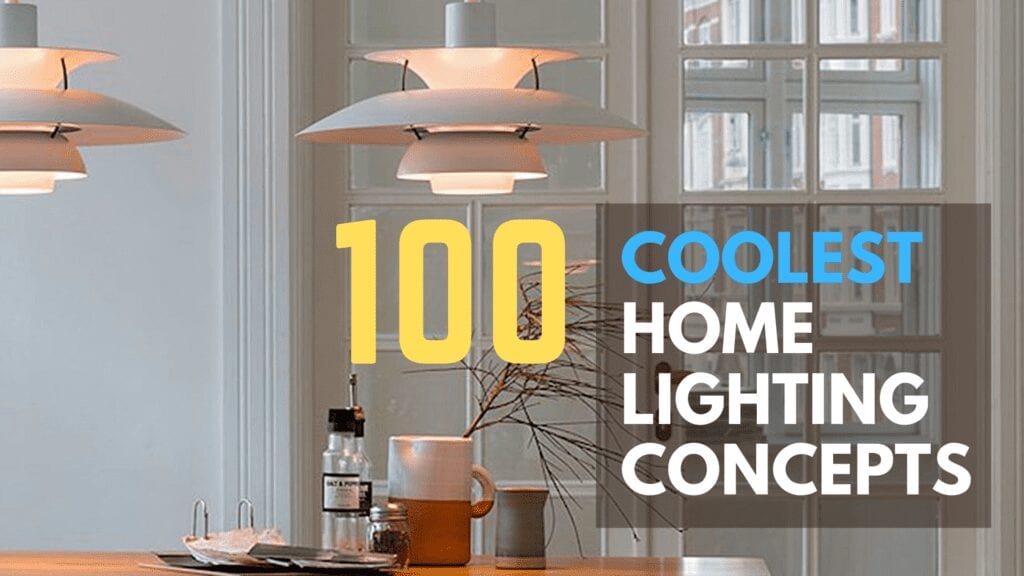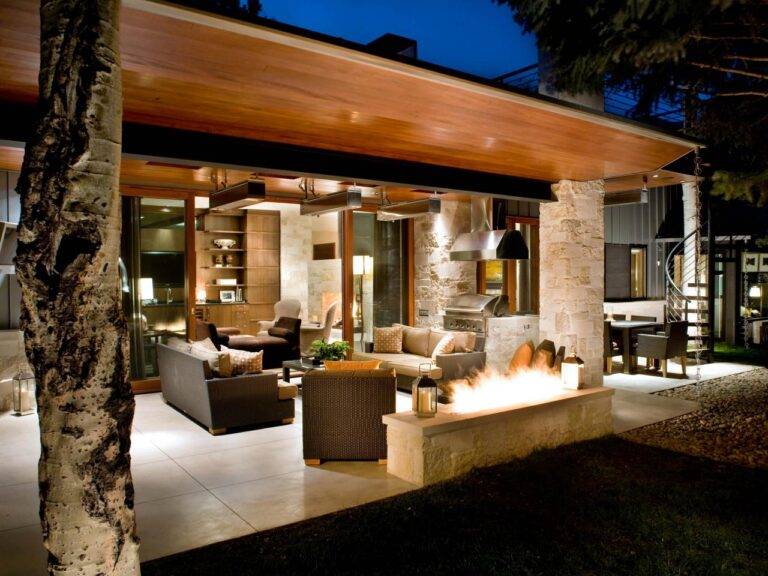LIGHTING CONCEPTS TO ENHANCE YOUR HOME INTERIOR

Lighting probably isn’t one of the first things that people consider when decorating a home, but it should be. The right lighting choices can make a tremendous difference in a room’s functionality and ambiance. Brighter lights can make you feel alert and awake, whereas dimmer, softer lights can be relaxing and sleep-inducing.
Take into consideration the space’s needs.
Before you purchase lamps and bulbs for the room you are redesigning, you must take into consideration the space’s needs. What activities will take place here? Are there any limitations that you should consider, such as poor natural light or an unusual layout? What pieces would you like to accentuate, such as artwork or architecture? No detail is too minute to think about before investing in practical light fixtures and bulbs. Planning prior to purchasing is the secret to saving time, money, and stress when decorating your home.
Take a layered approach to lighting
Use lighting to make the most of a room’s size and shape-up lighting makes a room feel larger, low hung pendants will create an illusion of height, and clusters of lighting make large rooms seem cozier.
- Ambient Lighting: Sometimes known as general lighting, this is the light source that illuminates the entire room to help you move around freely, such as chandeliers, track lights, ceiling fan fixtures, and recessed ceiling lights. Ambient lighting is the base layer of a well-balanced room upon which other light sources are meant to be built.
- Task Lighting: These fixtures should be positioned to assist in particular activities that will take place in the room, such as reading, applying make-up, studying, and cooking. Common task fixtures include desk lamps, table lamps, vanity lighting, pendant lighting, and recessed lights. Task lighting is an important feature in any room, but especially in offices, bathrooms, and kitchens.
- Accent Lighting: Highlighting a key feature of your room, such as artwork, a plant, or an architectural feature, with accent lights is an effortless way to give your space a dramatic feel. There is an array of accent lights to choose from, including wall sconces, track lighting, pendant lighting, and picture lights. To achieve the professional appearance that accent lights are known for, be sure that the lights you choose are at least three times brighter than the light surrounding the focal point.
Choose the bulbs carefully
Perhaps the most important step in properly lighting your home is choosing the right bulbs for each room. Not all light bulbs are created equally. Keep this in mind when you are searching for the perfect complement to your fixtures and spaces. Different colors and brightness can affect the functionality and atmosphere of the room. For example, bright lights may be necessary for the kitchen and bathroom but would be too harsh in your bedroom where low, warm lighting is more appropriate.
Be creative
As for your furniture and decor, the light fixtures that you choose for your home should be an extension of your personality and taste. Don’t be afraid to think outside the box when it comes to making your house feel bright and welcoming. Choose lamps and fixtures that will meet your needs, while also adding charm and visual interest. An easy way to do this is by replacing the fixtures that came with the home when you bought it with pieces that are more in tune with your individual style.
Keep it simple and consistent
Keep theme, color schemes, and material finish consistent throughout the home, especially when it comes to lighting. Too many different styles in a sordid array throughout the home can be confusing to the eye and will cause uneasiness. Neutral, lighter tones will open up a space and make it appear larger, statement pops of color (e.g., through lampshades) will add interest, while darker hues add a touch of luxury and coziness. Keep it simple and consistent.


Leave a comment